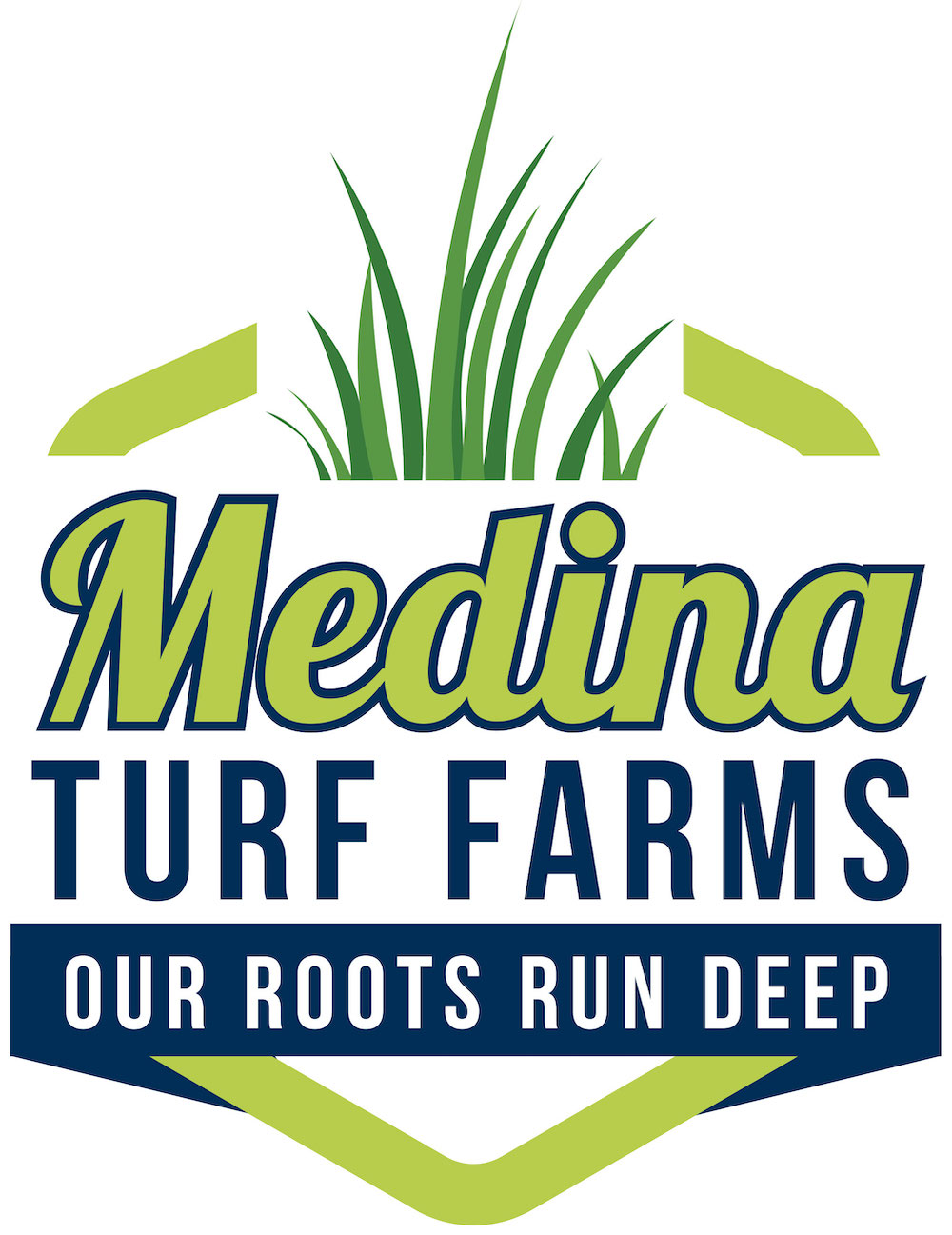Watering & Care
Following the initial watering, the new lawn needs a minimum of 1 inch of water every day until the turf has rooted, which normally takes 2 weeks to a month. After 2 weeks, reduce the watering to once per week, or as-needed depending upon weather conditions.
Be sure the new lawn has enough moisture to survive hot, dry, and windy periods. Water areas near houses, driveways, or buildings more often since the heat reflected from these structures dries the soil more rapidly.
During the first 2 weeks, avoid heavy or concentrated use of your new lawn. If possible, please keep children & pets off the newly sodded areas. This gives the turfgrass a chance to firmly root down or adhere.
Interested in more information about watering and care for your turfgrass sod? Contact us with your questions. We’re happy to help!
Mowing & Fertilization
Your new lawn may be mowed as needed. But at least until your lawn is fully established (after about a month), it is best to use a push mower set to the highest length setting and the lowest speed.
Mow your lawn when it reaches a height of 2 1/2 inches in the spring and fall and a height of 3 inches in the summer. Generally, you should not remove more than 1/3 of the grass height per mowing. Remember, grass clippings are a good form of recycling which put nitrogen and moisture back into the soil. For best results, keep your mower blades sharp and avoid hard turns. Try to avoid mowing the lawn when it is wet, since this may cause tracking or damage to your new turf.
Good lawn care includes fertilization, weed control, and insect control. Professional lawn care companies can help you maintain your new lawn's natural beauty and vigor. Additionally, a well-tended lawn increases your property value significantly. For more information on fertilization, download the Medina Turfgrass “Fertilization” brochure here.
Top Dressing
Why Wednesday... Why Do You Top-dress?
Topdressing has many benefits for the surface it is applied to whether it's a golf course, our sod fields, or your home, top dressing will help stimulate grass growth by increasing nutrients in the soil. This also helps improve the structure of preexisting soil to ensure a healthy turf. Topdressing paired with aeration can improve drainage, reduce thatch buildup, and increased turf resilience. This is due to adding stress to the turfgrass and allowing it to respond and grow back stronger. Topdressing may also improve disease and pest resistance by adding a barrier of entry for any weeds trying to pop out. Finally paired with dragging topdressing can level out some areas and keep an area flush by smoothing out some of the imperfections brought on by time. For these reasons we keep topdressing as a tool in are arsenal for our fields and endorse its effects.
If you would like to learn more about topdressing you can read this very well written article on the matter

